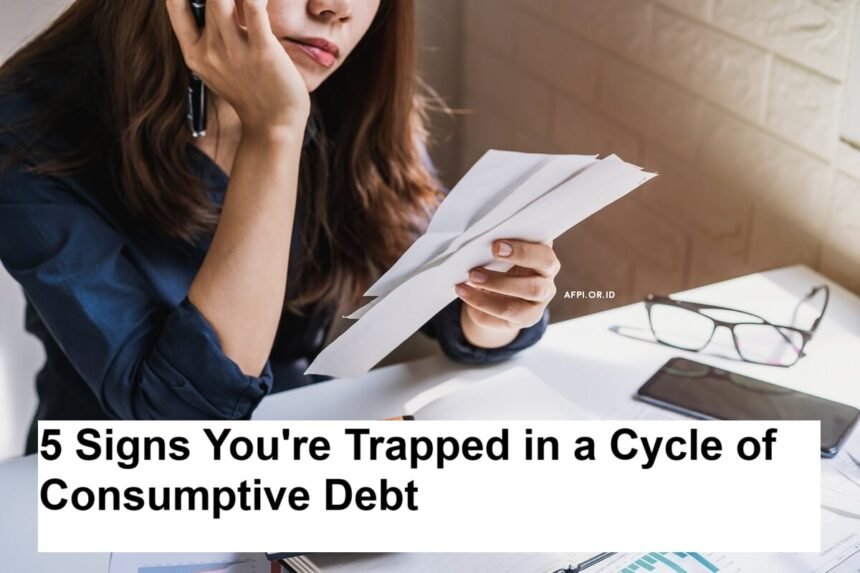Getting caught in a cycle of consumptive debt can happen to anyone—and most of us don’t realize it’s happening until things have spiraled. Consumptive debt usually refers to loans or debts used for lifestyle spending that doesn’t generate long-term value, like shopping sprees, gadgets, luxury foods, or endless subscriptions. If you’re wondering whether you might be stuck in this cycle, here are five telltale signs.
1. Your Salary Always Seems to Disappear Quickly
You know the drill: payday is exciting, but within a few days, your bank account feels mysteriously lighter. If you regularly find yourself scraping by until your next paycheck—while your expenses haven’t changed much—consumptive debt might be to blame. Often, this is because a chunk of your income is going straight to repayments for things like credit card bills, Buy-Now-Pay-Later deals, or short-term loans for non-essential items. In my experience, this is usually the first red flag that gets brushed aside.
2. Minimum Payments Are Your Habit, Not a Strategy
It’s normal to make minimum payments on loans from time to time, but it shouldn’t become your default. If you only ever pay the minimum on your credit cards or other personal loans, most of your money goes to interest, not the principal. The result? Your debt barely shrinks. Before you know it, new purchases pile up on top of old dues, stretching the repayments for what seems like forever. This is a classic symptom of being trapped in consumptive debt.
3. You Keep Taking On New Debt to Pay Old Debt
Ever taken out a new loan or used one credit card to pay off another? If you find yourself juggling different credit sources just to keep up—especially for expenses that aren’t emergencies or investment-related—this is a serious sign. Instead of breaking free from debt, this behavior actually deepens the hole. It’s a stress-heavy cycle, and often the start of a slippery slope.
4. Emotional Shopping and Guilt Are Close Friends
Be honest with yourself: do you often splurge on things impulsively, only to feel guilty a day later? Consumptive debt is closely tied to emotional spending—the act of shopping for mood boosts or as a reward, ignoring your budget constraints. Over time, this guilt can accumulate, but the purchases don’t translate to real happiness or value. If these “treats” are frequently financed by credit or borrowed money, you may be trapped in this unhealthy pattern.
5. You Avoid Checking Your Financial Status
This one is tricky—sometimes the clearest sign you’re in a debt spiral is actively avoiding your bank statements, bills, or loan notifications. If seeing your debt total fills you with dread, or you’ve stopped tracking your expenses altogether, it’s likely your consumptive debt is overwhelming. Ignoring the problem only breeds more anxiety and makes it much harder to take corrective action later on.
If you’ve noticed one or more of these signs in your life, don’t panic—it’s a situation many people face, especially in the era of easy credit and flashy ads. What matters most is taking the first step: being honest with yourself. Once you spot the symptoms, you can build better habits, seek out advice, and shift your spending focus toward true needs and long-term aspirations. The cycle can be broken—it just takes awareness and a willingness to change. Your future self will definitely thank you for it.












